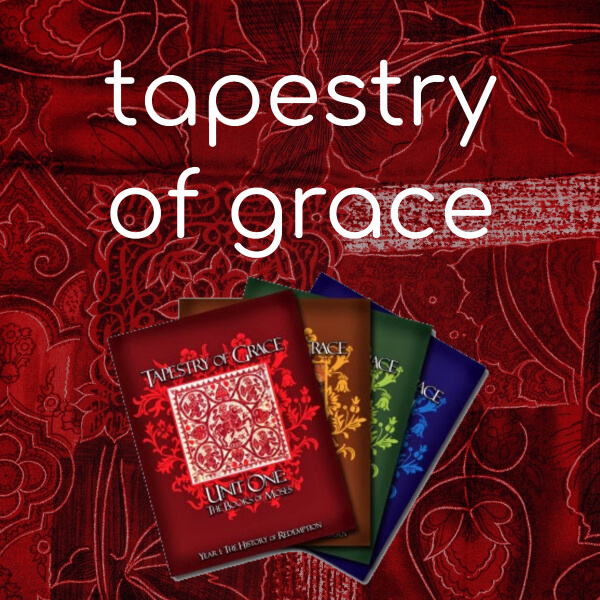Tapestry of Grace

What makes this a classical curriculum?
First, it is chronological. Second, it uses living books.Classical curricula is chronological and shows us just how interwoven history is. If you love to read aloud to your children, this curriculum will teach you how to pick the right books. Figuring out how to teach classical-style history requires picking out living books, which is very difficult to do without some help. This is one of Tapestry of Grace's strong points.
Tapestry of Grace review
Just like any curriculum, there are pros and cons of Tapestry of Grace (TOG). You probably won't like TOG if you are
- A strongly eclectic homeschooler who does not want an all-in-one curriculum for multiple subjects.
- A homeschooler who does not want a lot of options (there are lots of choices to be made for books and activities).
- Aren't okay with a curriculum that often suggests books at advanced reading levels.
- Aren't ready for a time consuming (planning) curriculum that has a complex (and sometimes unhelpful) teacher's guide.
Tapestry of Grace unit study approach
If Tapestry of Grace (TOG) is a unit study, how are the units laid out? The history cycle goes as follows:
- Year 1: the Ancient World.
- Year 2: the Medieval World through the American Revolution.
- Year 3: the 1800's
- Year 4: 1900 to current events.
The unit study approach means that TOG can be used for the entire family. Everyone learning together? Yep. It is possible to use this curriculum with a 6th, 5th, 2rd graders and preschoolers.
View a free sample.
Below is a short embedded video that explains the Map of the Humanities. This is what TOG calls their "visual metaphor" for the homeschooling journey that TOG homeschoolers follow.
Another TOG upside is their online community.

